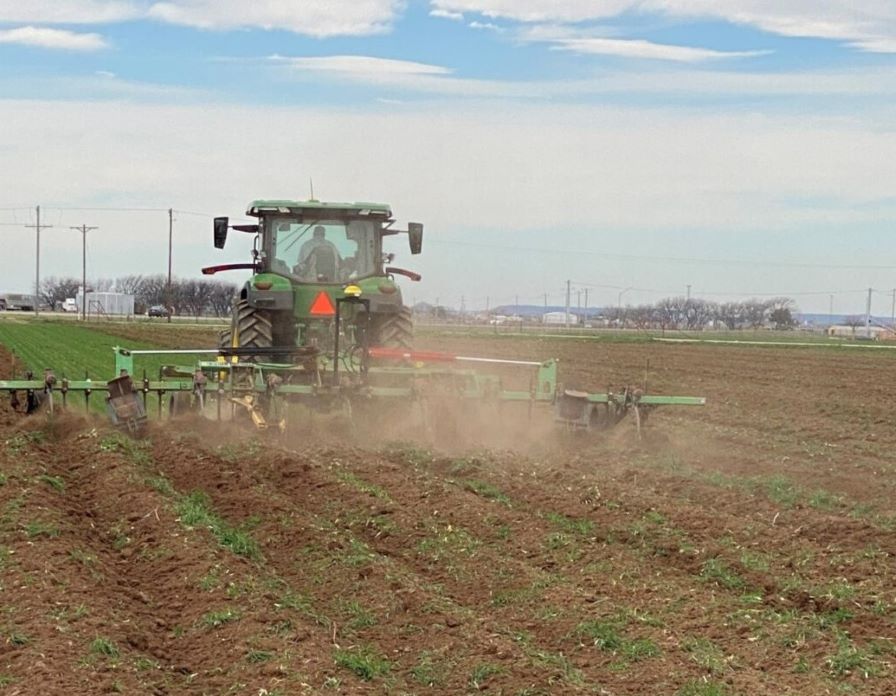Managing Plant Growth, Fertility in Cotton
In its July 3 crop progress report, USDA noted that 42% of the U.S. cotton crop had reached squaring, with all Mid-South states reporting squaring numbers ranging from 50 to 95%.
As cotton plants move into a critical growth period, Tyson Raper, University of Tennessee Extension cotton and small grains specialist, has offered guidelines for growers regarding plant management with PGRs, as well as recommendations to help offset sulfur deficiencies that are beginning to occur in some fields.
“With rain and warm temperatures in the forecast, expect very rapid plant growth in areas which have adequate moisture as we move into flowering,” says Raper in his blog Managing Cotton Plant Growth in 2016. “For those who have not applied an early shot of a plant growth regulator (PGR), you should consider doing so very soon. The best approach to managing growth in a new variety is to use multiple applications based on plant growth measurements.”
The blog provides guidelines for properly measuring plant growth to determine proper timing and rates for PGR application, especially among newer cotton varieties.
Raper has been surprised at the level of sulfur deficiencies he’s seen this early in the season. Hot weather has been a factor. But he also attributes the issue to the significant reduction in sulfur deposition occurring across the Mid-South and Southeast, as well as the substantial nutrient demands of current high-yielding cotton varieties.
In a blog titled Updated Sulfur Recommendations for Cotton, Raper notes, “Sulfur deficiencies have been becoming more common in cotton fields in recent years. Lint yield reductions between 8 and 10% have been noted in field trials in West Tennessee.”
His article offers tips for identifying symptoms of sulfur deficiency in plants, as well as recommendations for sulfur applications when needed.









